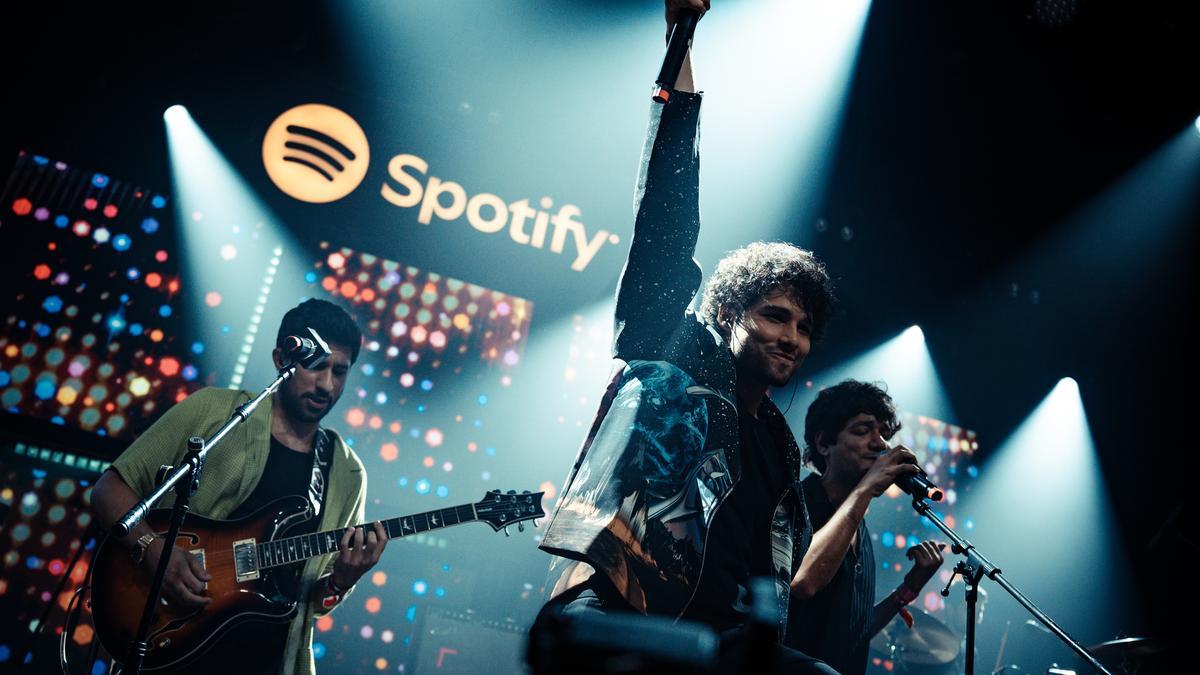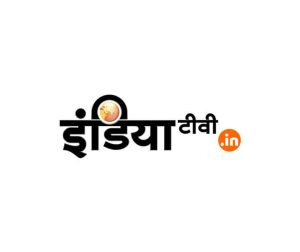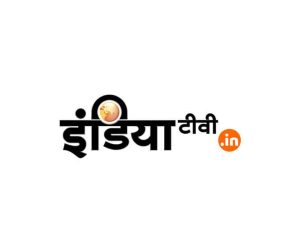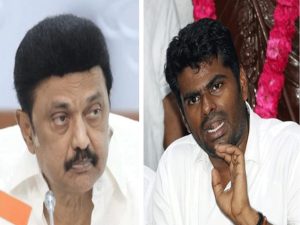
The serpentine queue at Snowball Studios in Worli, Mumbai, lined with brick-laden gables, has been the source of much curiosity. “Is it an audition?” a passerby inquires, but it’s not. This is, in fact, a line of predominantly Gen Z fans eagerly waiting to attend an indie music showcase. Hours later, a fervent Siddhant Chaturvedi graces the stage, singing snippets of his latest single ‘Itefaaq,’ a collaboration with musicians OAFF x Savera, to roaring applause and foot-tapping synchrony. His surprise performance followed an array of independent acts by alternative musicians from various parts of the country.
Mumbai’s devotion to homegrown indie music is no secret. This was evident recently at Spotify’s showcase celebrating four years of its global emerging artist program RADAR, where indie music spanning various genres and languages dominated the stage. The lineup boasted acts like Boys from Marsss from Himachal Pradesh, Burrah from Delhi, Marshall Robinson from Chennai, Hansika Pareek from Ajmer, Swastik the Band from Chandigarh, and Ranj x Clifr from Chennai/Bengaluru, among others.
“RADAR is a global program across multiple countries, and four years ago, we brought it to India as well. Its purpose is to support emerging artists. While everyone acknowledges big stars, emerging artists face significant hurdles breaking through. Supporting them is crucial for the music industry’s overall growth,” says Dhruvank Vaidya, head of music and podcasts at Spotify India. Since its inception in 2020, RADAR India has featured over 40 emerging artists. Beyond being a playlist, the program spotlights an ‘artist of the month’ who gains additional visibility by appearing on the playlist cover and participating in live performances.
When Spotify debuted in India, 70% of the music streamed was of international origin. Today, over 70% of the streamed music is local. Within this local spectrum, indie music has witnessed steady growth across genres and languages, while listenership for non-film music has also surged. Dhruvank remarks that Millennial and Gen Z listeners are eager to experiment and explore. Just in the past year, RADAR India facilitated 2.4 million new user-artist discoveries.
“The landscape for artists has transformed.
. More artists now have the confidence to release music without the need for elaborate music videos. An audio track alone can be uploaded to build an audience, which is economically viable. Another major trend is the role short video platforms play in creating visibility, with consumption eventually happening on Spotify,” explains Dhruvank.
Classical and alternative rock collective Swastik the Band, formed in 2011, has performed at over 300 colleges and is deeply embedded in the changing music ecosystem. Lead guitarist Rohit Joshi notes that while audiences are evolving, artists need to be sincere about the music they create. He adds, “Music is cyclical; it will resurface after a few years. Music that is only relevant for a specific period doesn’t do justice to the sound.”
Dhruvank also notes that Indian listeners typically engage with music in two languages. When RADAR India was initially launched, the focus was on Hindi and English. “However, we soon recognized a substantial number of non-film artists in other languages,” says Dhruvank. Last year, a Tamil chapter was introduced, and this year, Punjabi is in the limelight.
Punjabi pop artist Burrah’s work breaks away from the hypermasculine themes often associated with Punjabi music, revealing a softer, more relatable side that touches on mental health. “I have always wondered how I could introduce a shift in Punjabi music. It’s an ongoing journey,” shares Jasdeep Singh, aka Burrah. Although he initially perceived language as a barrier to mainstream success, his track ‘Sochi Jaavan’ achieving No. 1 in Guwahati dispelled that notion. “A song about depression in Punjabi receiving such reception was special. People resonate with energy; otherwise, how would ‘Despacito’ become a global hit?” reflects Burrah.
Indie music’s rise within the Gen Z and Millennial demographics is reshaping the music landscape in India. Initiatives like Spotify’s RADAR are crucial in this transformation, giving a platform to emerging artists and embracing the vast cultural diversity within the nation’s music scene. As these trends proliferate, it’s evident that the appetite for indie music is not just a fad but a sustained movement, buoyed by enthusiastic young listeners and pioneering artists.












